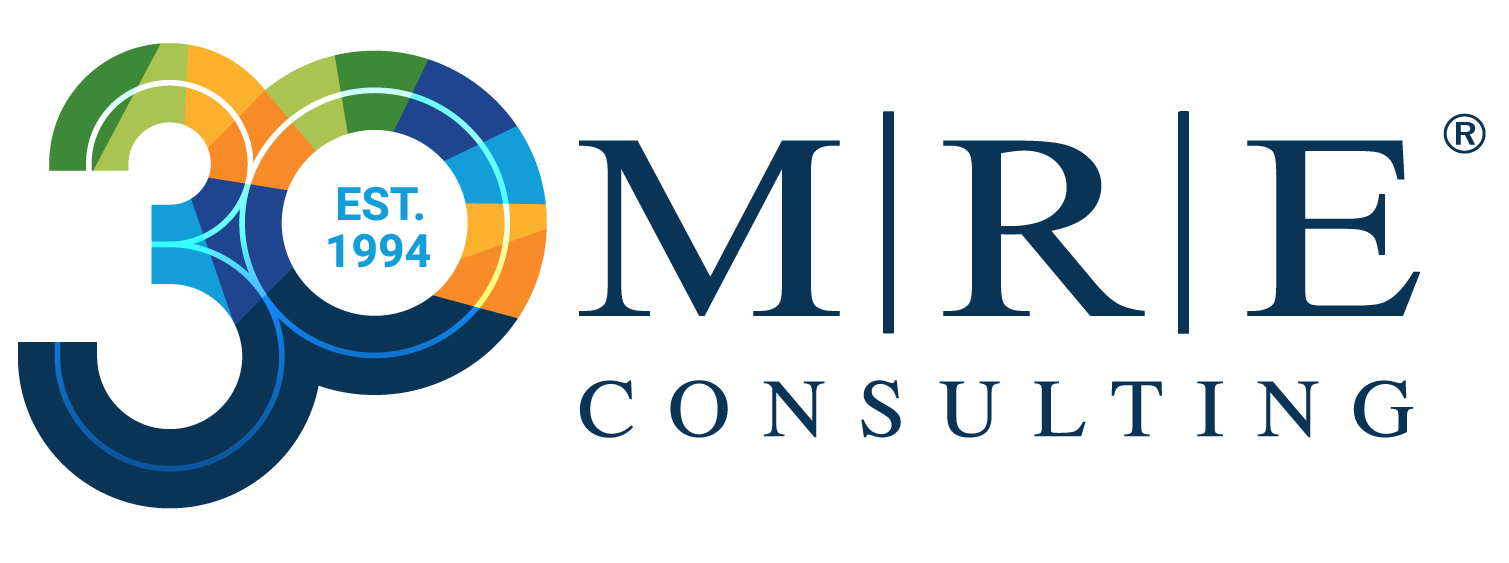What We Faced
Challenge
As a natural gas and electricity retailer grew their service offerings, they wanted to better manage communication preferences to create personalized experiences and improve customer satisfaction. Previously, the organization managed preferences at an all-or-nothing level for phone and email in their legacy system managed by the IT team. This was especially limiting when customers wanted to opt out of specific communications but continue receiving others, such as billing notifications.
The company also wanted to start sending SMS text communications to customers for key notices (e.g., outage alerts, account updates), but did not have a data structure to support this expanded communication strategy. They needed a flexible and scalable data model that could manage marketing and transactional communications, various communications channels, as well as allow for variation in legal requirements.
Legal requirements like CAN-SPAM and CASL (Canada Anti-Spam Law) needed to be differentiated for US and Canada communications and between current customers versus sales prospects for email communications. SMS and other channels faced other legal regulations. These requirements all needed to be managed as part of customer communication preferences.
Implemented Technologies
Salesforce
What We Did
Solution
- MRE Consulting designed and built a solution to execute consent management processes, flows and automations leveraging the Salesforce Consent Management Data Model while still retaining some of the existing consent management rules, system integrations and user interactions. Consents would be managed across multiple channels for various data use purposes (e.g., marketing vs. accounting).
- Customer service agents (Salesforce users) would leverage guided scripts, created using Salesforce Lightning Flows, with business context questions to update consent records. This provided a simple front-end experience for maintaining consent data.
- Various business rules were applied to consent preferences to enforce the integrity of the data and ensure downstream business needs.
- Regulatory needs required customer consent preferences to be retained with their original state for reporting. This meant the status of customer consent records could not be changed, only de-activated and replaced. Declarative automations were implemented to enforce the activation/de-activation of customer consents to adhere to regulatory requirements without additional code.
- Retaining customer consents may create a considerable amount of data, which would typically be a concern in a SaaS hosted solution. However, Salesforce does not count data stored in the Consent Model structure against storage limits, which makes it an ideal solution for the client.
What We Delivered
Results
The Salesforce Consent Management Data Model provided a flexible and scalable structure for the team to support their vision for customer lifecycle communications.
- With today’s digital environment, people want to be communicated to when and how they prefer. Opt-in and opt-out preferences could be specified for each communication channel such as email, phone, SMS text, and door-to-door. Further, the business specified a purpose/intended use for each channel. For example, the ability to manage consent for campaign specific marketing emails versus transactional billing communications.
- Business teams identified region-specific customer consent templates. These templates identified the communication channels planned for that region and the consent (opt-in/opt-out) approach based on legal requirements for that region and channel. These were reviewed and approved by the legal team to streamline consent management and improve risk management.
Given the new granularity and flexibility of the data, the company is working to build customer communication preferences pages within their customer portal for consumer self-service and for this information to feed into all marketing communication channels.






